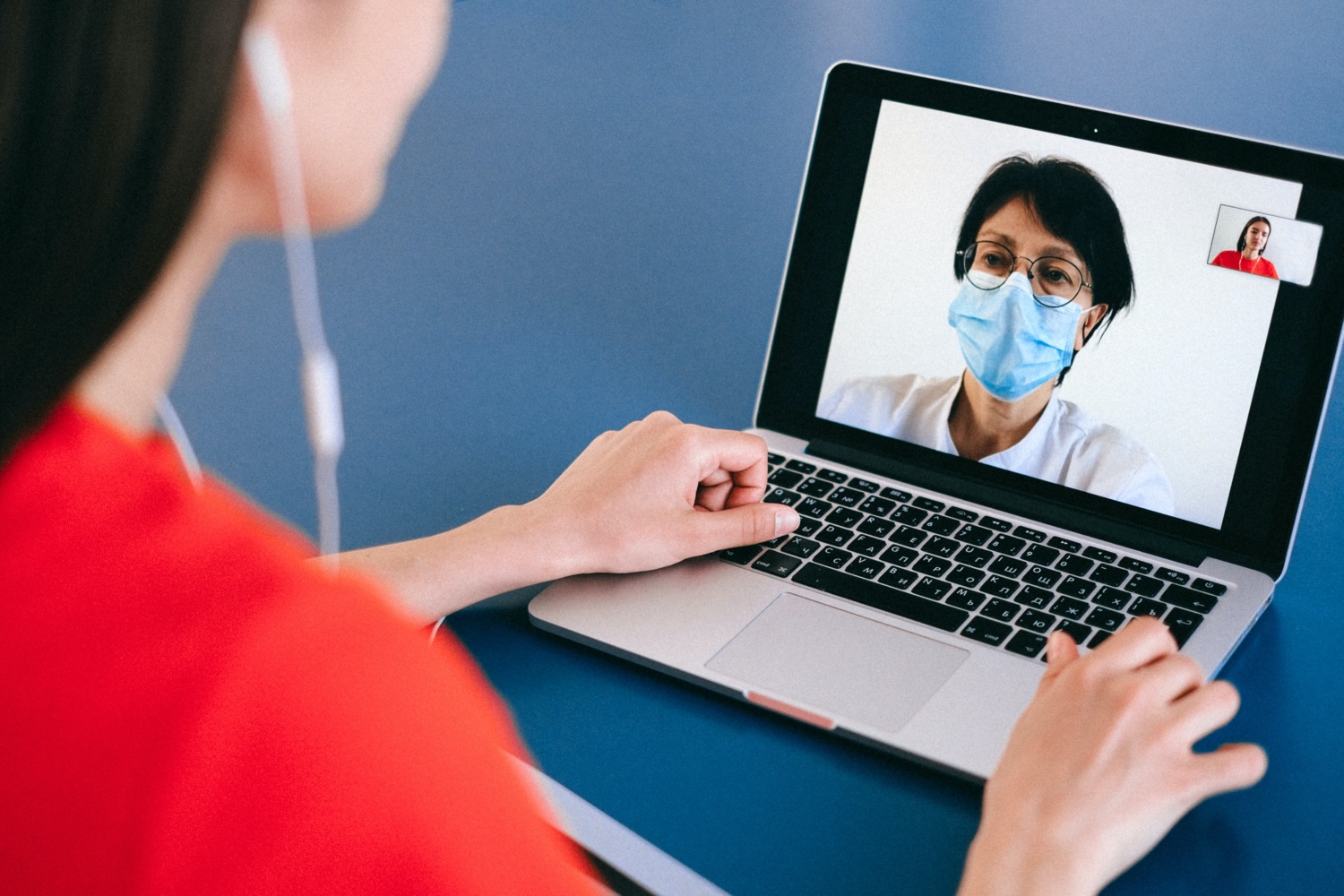
In the News
Why Online Mental Health Therapy Grew Over the Last Decade
-
Programs
Center for Connected Health Policy

“To gauge the increased popularity of mental health services over the last decade,Top10.com compiled this analysis with research from across the internet.
10 reasons online mental health therapy has grown over the last decade
The entire world had to learn how to go remote in 2020. As COVID-19 spread, businesses were either closed or learning how to safely conduct daily operations for employees and patrons. With the help of video conferencing and messaging technologies, many service industries were able to pivot online—including mental health care.
Thanks to the widespread adoption of remote video conferencing and online telemedicine platforms, psychiatrists, psychologists, and counselors were able to conduct business through telehealth services, which saw a drastic increase in use and availability. The number of mental health facilities offering telemedicine services shot up from 38% nationally in 2019 to just over 68% in 2020, according to the Substance Abuse and Mental Health Services Administration.
However, before the pandemic, telemedicine for mental health services had already started to see a rise in popularity due to an increase in reported mental health struggles. In 2020, 11% of U.S. adults—26.3 million people—received virtual services for a mental health issue, according to SAMHSA. Continue reading to find 10 reasons online mental health therapy has grown over the last decade.
COVID-19 spurred the need for therapy to go remote
The arrival of the coronavirus pandemic forced the entire world to create new routines in order to fit a quarantine lifestyle. With such drastic changes in day-to-day life, the use of telehealth services—including online therapy—saw a sharp increase in popularity.
A 2021 survey of over 1,000 U.S. adults over the age of 18, led by the American Psychiatric Association, found that 38% of participants used telehealth services to talk to a medical or mental health professional—and 82% of those respondents said they started using those services during the pandemic specifically. It is further quite telling that more than 4 in 10 respondents said they continued using these services once the lockdowns associated with the pandemic were, by and large, over.
Insurers are offering expanded coverage for telehealth
With increased popularity in using mental health services, many insurers are working to expand coverage for U.S. patients to get the care they need. For example, Medicaid programs reimburse for live video telehealth and telemedicine appointments in all 50 states and Washington D.C. Forty-three states, as well as D.C., even have laws that provide private payer reimbursement for telehealth services, according to the Center for Connected Health Policy.”
Read the full article by clicking on the link below. Explore PHI’s Center for Connected Health Policy Telehealth Policy Finder Tool.
Originally published by East Oregonian
More Updates
Work With Us
You change the world. We do the rest. Explore fiscal sponsorship at PHI.
Support Us
Together, we can accelerate our response to public health’s most critical issues.
Find Employment
Begin your career at the Public Health Institute.



